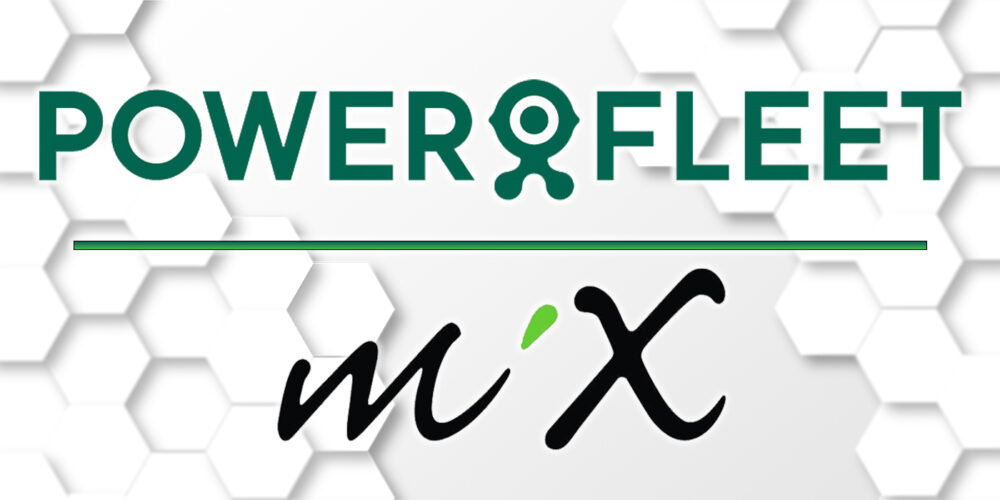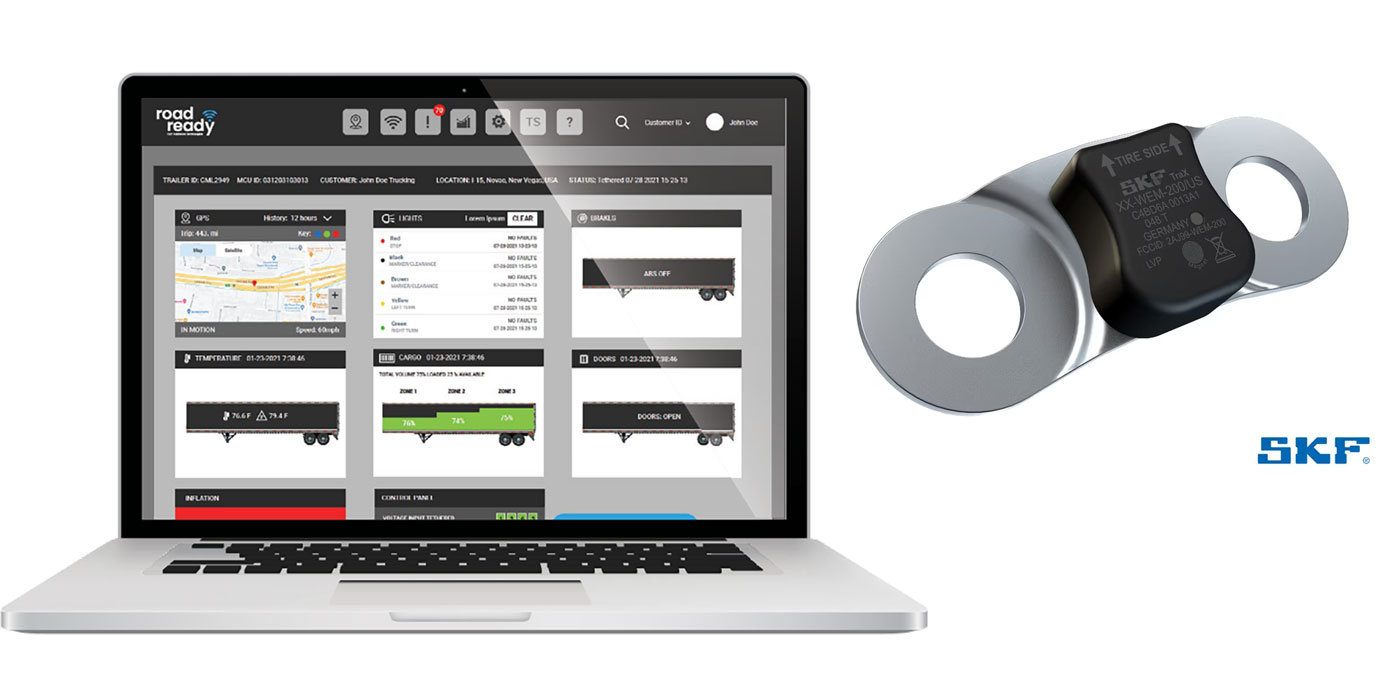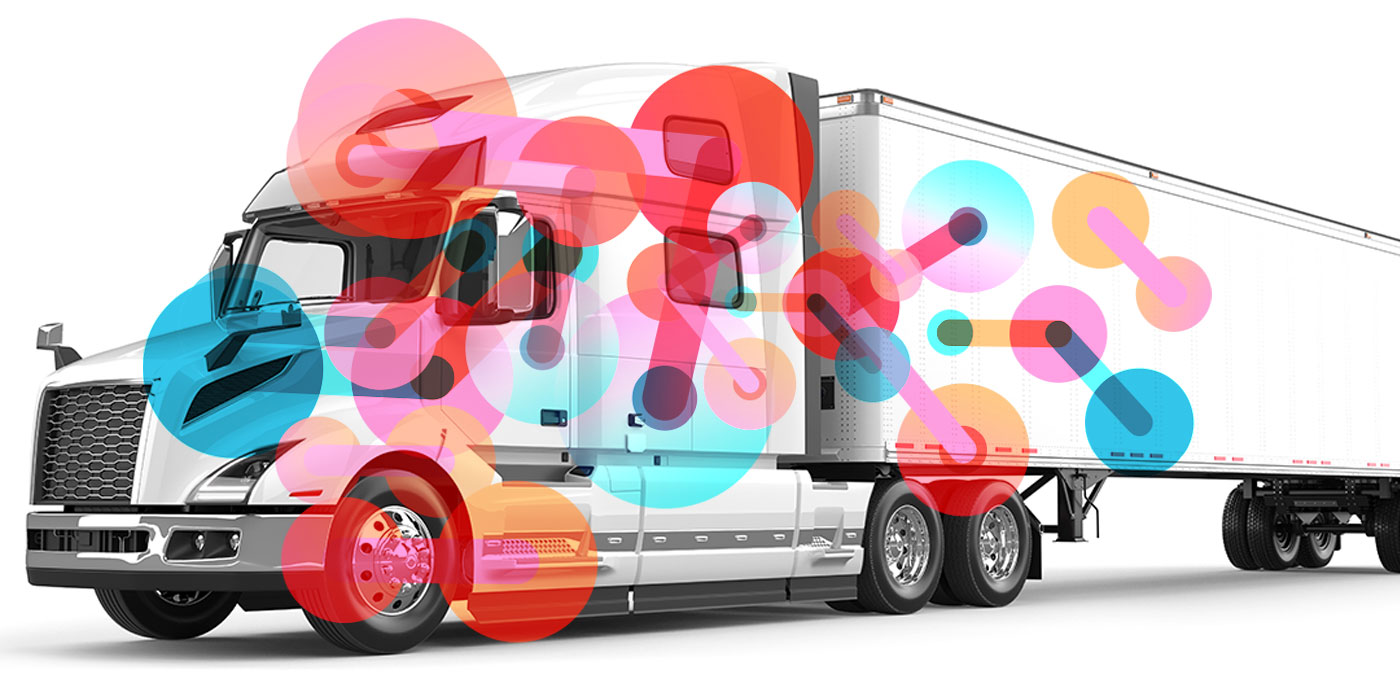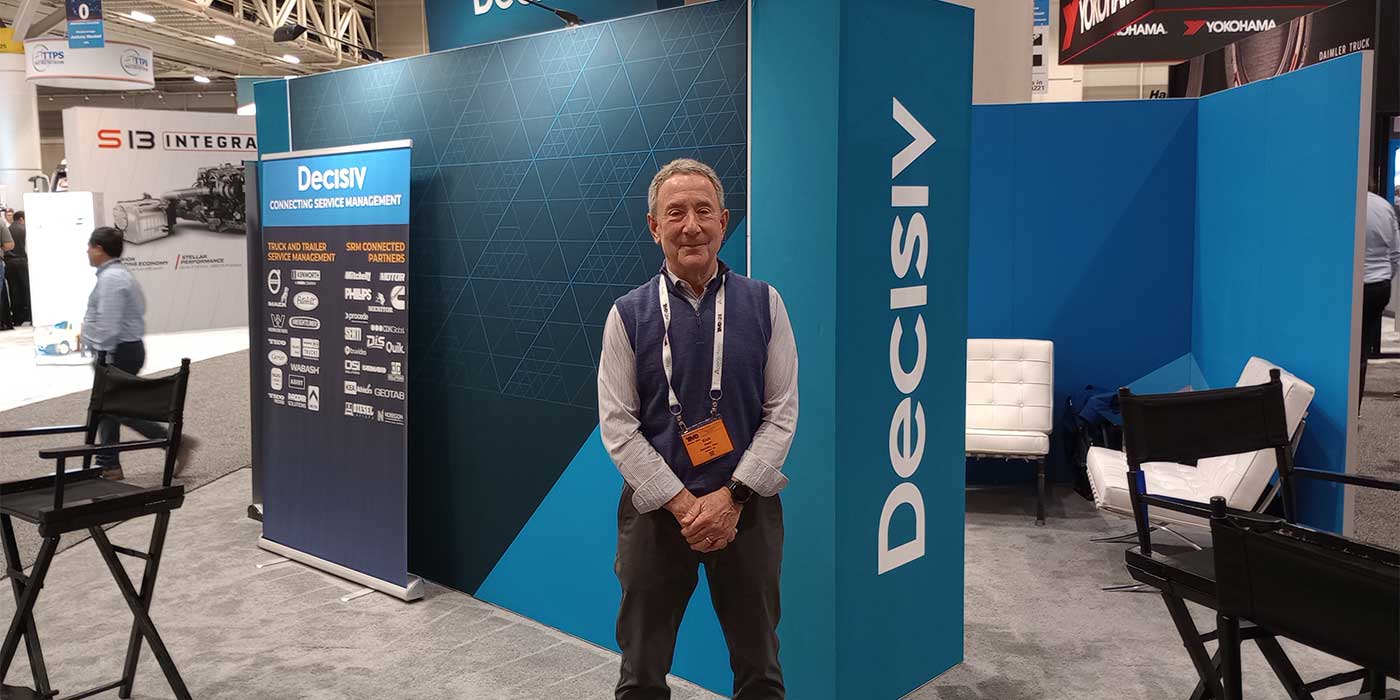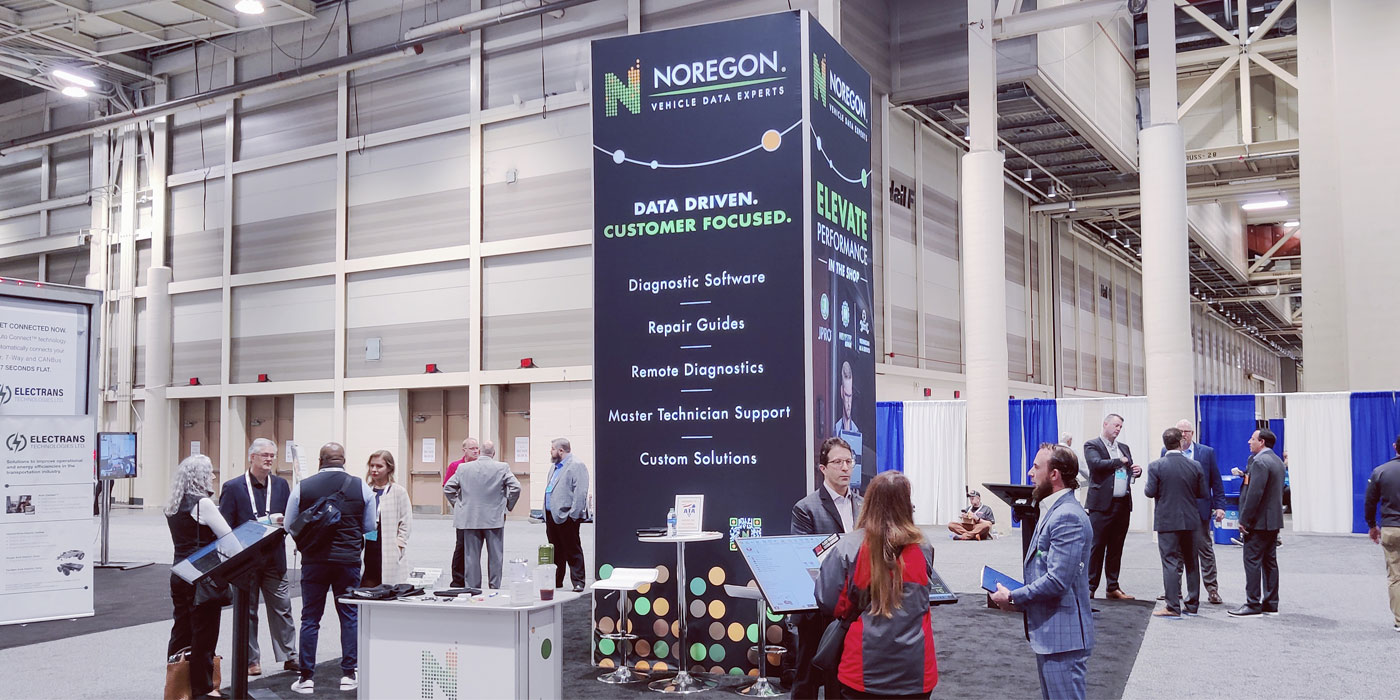The road to implementing a nationwide electronic logging device (ELD) mandate has been long and filled with detours, but despite recent legal and legislative challenges, the Federal Motor Carrier Safety Administration (FMCSA) is moving ahead with its long-delayed 2017 deadline for compliance.
With a 2016 lawsuit against the ELD regulation officially closed in June, a lower court’s October 2016 decision upholding the comprehensive ELD mandate rules stands. While legislative challenges by Congress and executive branch challenges by the White House are still possible, at this point, they likely won’t delay the mandate further because the process will take longer than mid-December to implement. Barring any unforeseen action by Congress or the Trump Administration, the path to the December compliance date appears clear and fleets should prepare for the mandate to go into effect as-is on Dec. 18. (Where the currently debated enforcement date will be set is still up in the air.)
While the mandate appears to be moving forward, many fleets are not prepared for the deadline. Recent research estimates that only about 50% of fleets are prepared to be fully compliant with the mandate when it goes into effect, with more than 20% reporting that they are not even investigating how to comply with the mandate, all but assuring that those fleets won’t be ready by December.
Meeting the mandate
According to the federal regulations, carriers must evaluate and select ELDs, verify they are installed and ensure drivers and administrative staff are trained to use them by the deadline that applies—Dec. 18, 2017, for those using paper logs or logging software and Dec. 16, 2019, for carriers using automatic onboard recording devices (AOBRDs).
Buyers and fleets should note that ELD implementation is not turnkey—so they shouldn’t wait until Nov. 30 to purchase. Suppliers are doing their best to keep up with demand, but it’s quite possible that if smaller fleets and owner/operators wait until the last hour to purchase, there could be a supply shortage.
There are also many new startups flooding the market that do not have trucking industry experience and are trying to take advantage of the mandate, so fleets should be careful who they partner with for their fleet technology. Providers like PeopleNet, with years of experience in hours of service (HOS) and telematics, can provide better consistency during implementation, as well as solutions that go beyond compliance and offer additional value to drivers and fleets including saving time and money, eliminating safety risks and improving the bottom line.
Many fleets currently operating a full-featured AOBRD will be able to decide how they transition their drivers—current adopters will be able to stay on select AOBRD systems through 2019 if they choose. Their drivers will then be able to go between ELD and AOBRD seamlessly with a consistent interface and workflow between their logs. This is a valuable flexibility that an experienced provider can offer that new marketplace entrants cannot.
Don’t forget to factor in training time
Drivers must also understand and be able to use ELDs by the required deadline, including how to annotate and edit records of duty status (RODS), certify RODS and collect required supporting documents. Drivers will also need to know how to display and transfer data to safety officials when requested.
Training is critically important for successful and compliant implementation of ELDs. Carriers should consider providing multiple training sessions for all affected drivers and personnel, keeping in mind that many people learn by doing. Consider having an ELD set up in the training room to facilitate “hands-on” use of the device.
Experienced ELD providers have entire training teams with expertise in developing information and materials to help customers with their ELD onboarding needs. Fleets choosing an ELD solution should look for established technology partners with a robust training program, so there’s no need to start from scratch.
Benefits beyond compliance
While many fleets may be waiting for the mandate deadline before implementation, these fleets are also missing out on the multiple benefits of ELDs, including increased ROI, reduced fuel costs, better driver communication and a better work/life balance for drivers.
The mandate requires that fleets link their ELDs to the engine control module (ECM) on their trucks to accurately record HOS. This connection also provides carriers with the opportunity to collect mountains of important data, from fuel usage to truck diagnostics, driver behavior and vehicle performance. This data can be analyzed and applied to improve all of the above and more through a fleet management system (FMS), which includes electronic logging capabilities. The data captured by an FMS provides a powerful business tool for carriers, informing and empowering them to make smarter decisions that save time and money, eliminate safety risks and improve the bottom line. Many of the fleets PeopleNet serves have implemented an FMS ahead of the mandate based on the measurable business and safety benefits they provide.
PeopleNet’s research finds that drivers using ELDs save an estimated 20 to 40 minutes per day, adding up to more than 50 hours per year. Furthermore, data from an ELD can be integrated into other solutions, such as video intelligence and predictive maintenance dashboards.
Additionally, implementing ELDs is expected to save approximately $3.4 billion each year through reduced paperwork and fewer highway accidents. Drivers utilizing ELDs also can reduce HOS violations by an estimated 34% to 50%, improving productivity and protecting the driver’s record.
Many free resources are available to carrier personnel who have responsibility for transitioning the company and its drivers to ELDs. By visiting fmcsa.dot.gov, fleets can review resources specifically designed to help fleets and drivers understand the regulations and take a proactive approach to compliance.
There’s still time for fleets to implement an ELD solution in time for the deadline. Given the training requirements associated with the mandate, as well as the many benefits of using ELDs, it’s simply not worth waiting until the last minute. For more information including tips on choosing and implementing ELDs, visit peoplenetonline.com/elds.
This article was contributed by Eric Witty, the vice president of product management at PeopleNet.






